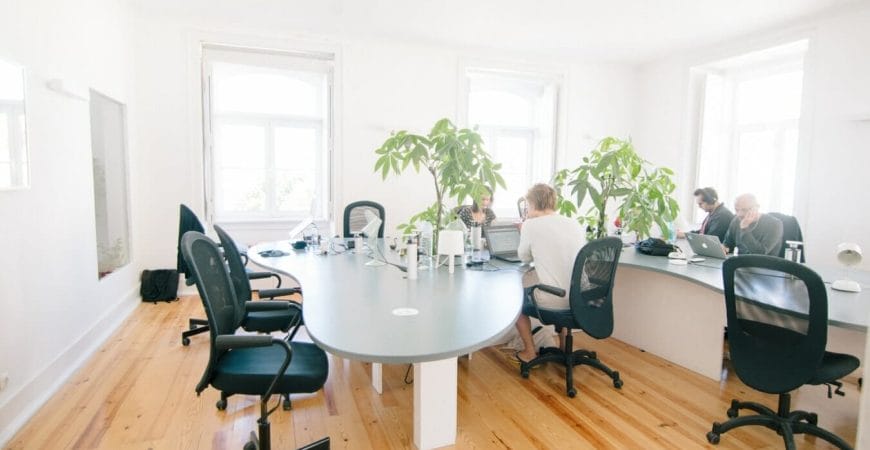We are now more than six months into the Covid 19 pandemic. With this outbreak and its end not due anytime soon, it has been obvious that the entire office space industry has been massively disrupted with many individuals and corporates globally receiving mandatory Work From Home (WFH ) orders. With remote working becoming mainstream, ideas of down sizing and even abandoning the office space have surfaced. The global flexible workspace industry has also suffered a similar blow, with corporates avoiding it due to excessive interaction among office space users with co-working or hot-desking which may increase the spread of the virus, However in the mid or long run, most are beginning to see the real shift and value in utilising flexible office space, post Pandemic. Below are some reasons why.
- Challenges with remote working In many surveys that was done in many parts of world, many workers were asked , what was the thing that they missed the most during the lockdowns that were imposed in many parts of the world. Working in the office together with colleagues seems to be one of the most sorely missed. With modern technology, most if not all workers are able to work remotely at home or anywhere at their convenience. However remote working is not without its own set of challenges. Many have cited ,loss of corporate culture , creativity and cohesiveness among the team as some of the most critical challenges when co-workers are not able to meet and work together.
2. Sustainability And Wellness
If there’s a silver lining to all this health crisis, it’s that office workers are now more aware and placed much more emphasis onto health and wellness, and there’s now an explicit onus on us that we need to place primary importance on our health and above all in to create a safe working environment. Our workplaces will have to adapt to this new norm. The concept of wellness, which was already ingrained among many corporations in the form of exercise and wellness classes and practices. Organisations realized that if they helped their workers stay fit and healthy, they could invariably boost their own bottom lines by eliminating healthcare costs, and increasing motivation and productivity across the workforce., as a result enhancing employee retention.
Post pandemic, workplace wellness design will call for a reboot among workspaces designed with safety and wellness in mind. Innovative systems and gadgets such as zero touch access points, temperature screening equipment , air filtration systems etc will form the main core of office space design post pandemic. This pandemic has only serve to catalyst the beneficial change rapidly.
3. Flexibility will be Key
If this pandemic has taught us anything, it’s that plans must stay nimble and highly adaptable. In an increasingly uncertain business environment even pre- COVID 19, many corporates has abandoned the Traditional office model, adapting the flexible working model instead. The pandemic along with the lockdowns has only added uncertainty to the plans of many corporations, such as business expansion and employee hiring. Unfortunately during this pandemic , under the Traditional office model, many corporates let go or placed many employees under furlough and excess unused office space were left under utilised , resulting in massive wastage, resulting great financial stress , especially so during this crisis.
In a flexible workspace model , corporates will have the ability to exercise flexibility in their plans in down scaling their physical workspace requirements and employee hiring plans, creating a more nimble workforce and organisation.
Post pandemic , the new office will rather be an ecosystem of design, locations and experiences working in hand in hand to provide the convenience, well-being and cohesive support that employees desire. Rather than merely just a physical space for working together, it will definitely create a platform among workers to strengthen culture connections, robust bonding with both customers and colleagues, and maintaining innovation and creativity.
Flexibility will be at the forefront embodiment of above all. Workers will not want to work from home all the time , neither in a fixed office location , instead will like to be given the autonomy and discretion to manage their own schedules and work flow. The new workspace model will probably be a hybrid one with a high degree of flexibility incorporated in it, will invariably accord them with such abilities to do so with more effectiveness.
As the pandemic drags on, it’s becoming evident that such a model will become the new norm. The above key points show us just how that this transition may just pan out.



Comments are closed